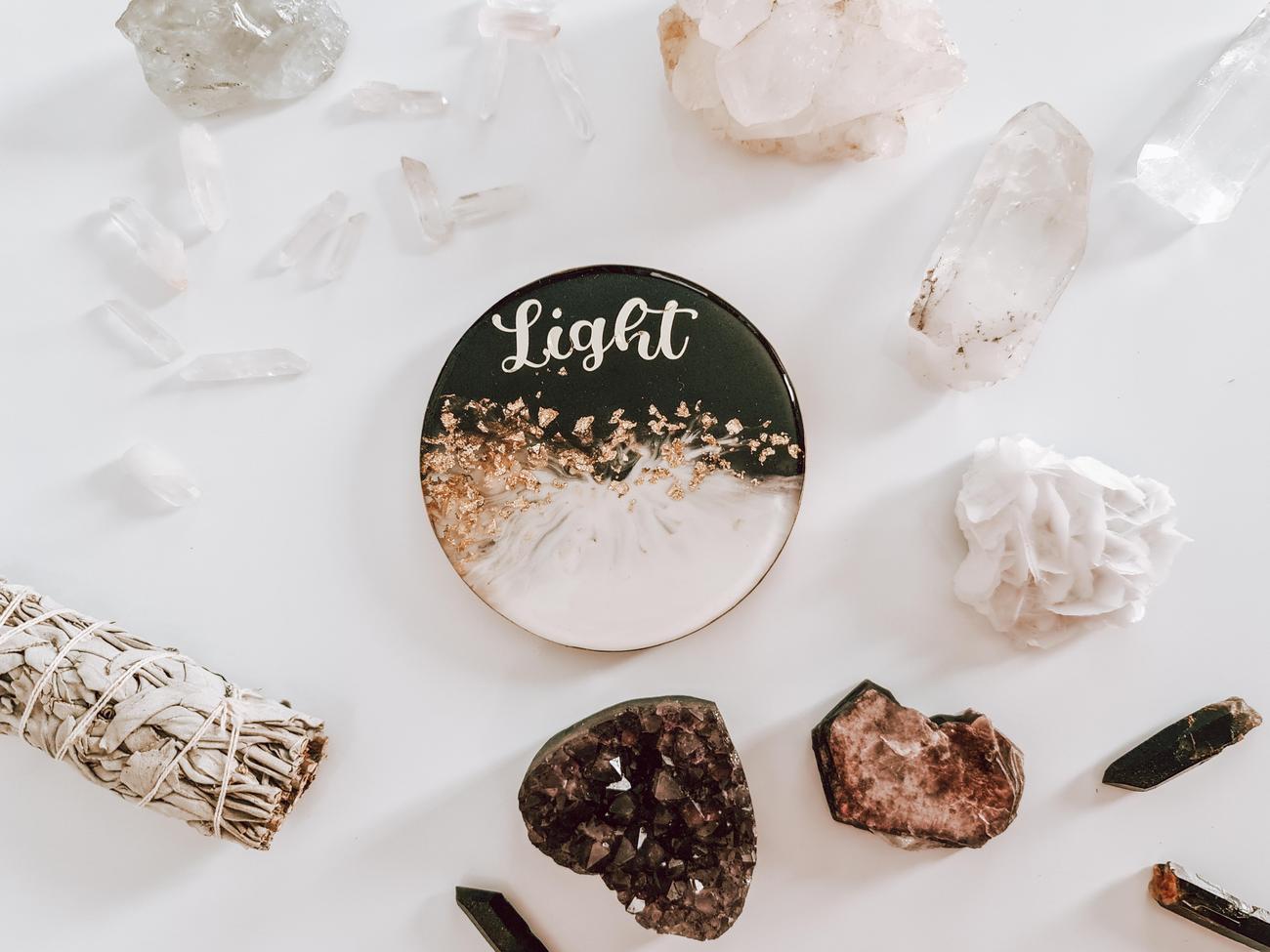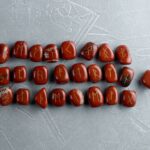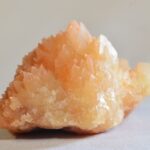Peridot Worth: Evaluating the Value of this Mesmerizing Gemstone
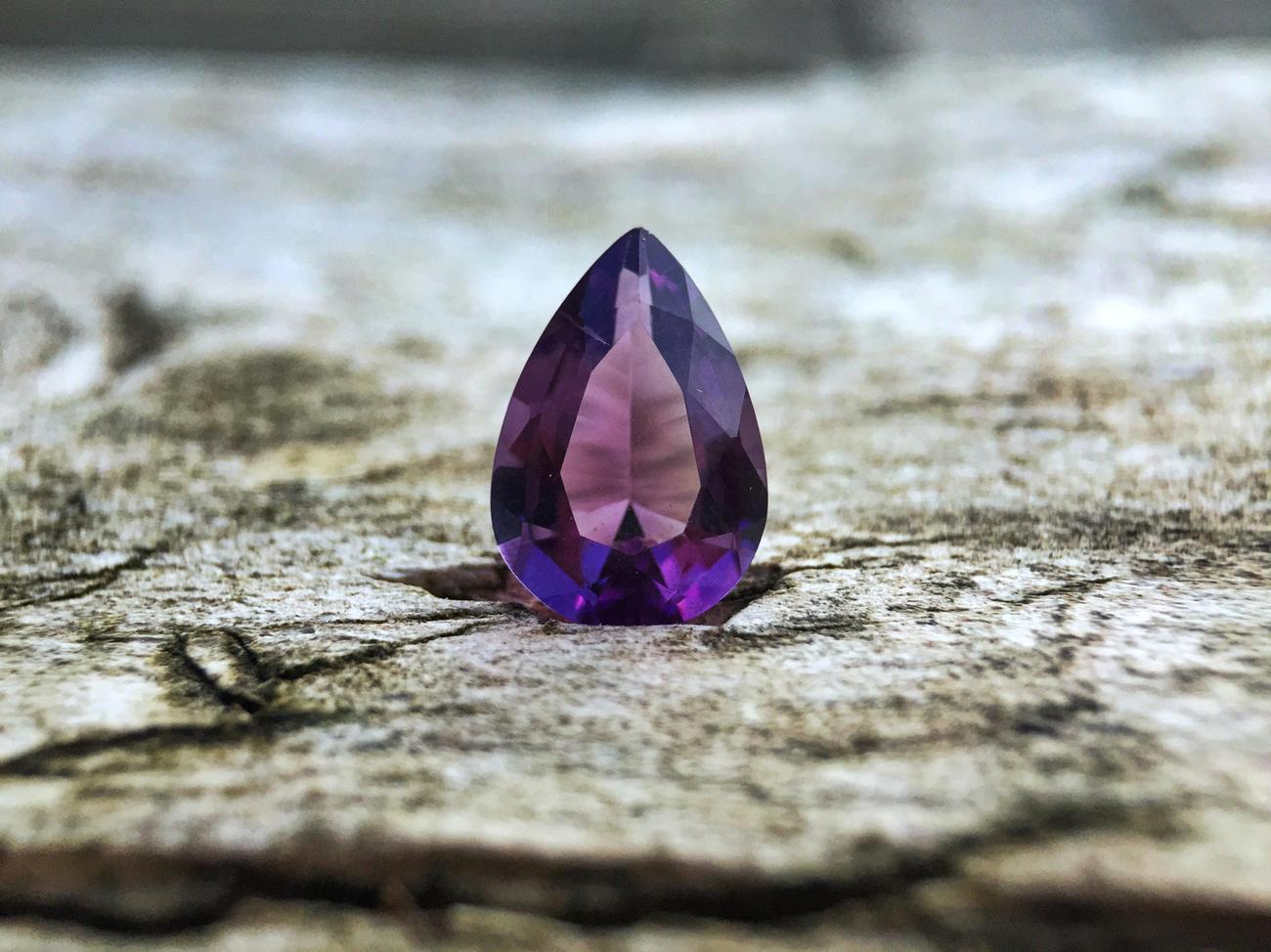
Curious about how much peridot is worth? Look no further! In this article, we will explore the fascinating world of peridot and delve into the intricate process of evaluating its value. As an experienced gemologist and industry expert, I bring a wealth of knowledge and insights to this topic. With a keen eye for peridot quality, rarity, and market demand, I will guide you through the factors that influence its worth. Whether you’re a collector, buyer, seller, or investor, understanding the value of peridot is essential. So, let’s embark on this mesmerizing journey, uncovering the secrets behind peridot’s worth and empowering you to make informed decisions in the enchanting realm of gemstones.
How Much is Peridot Worth
Peridot, a mesmerizing gemstone with a captivating green hue, has been cherished for centuries. But how much is peridot worth? Determining the value of peridot involves considering various factors such as its quality, size, and origin. As an experienced gemologist and industry expert, allow me to shed some light on assessing the true worth of this enchanting gemstone.
Quality: The Key Determinant
When it comes to the worth of peridot, quality plays a crucial role. The color, cut, and carat of the stone significantly influence its value. Peridot comes in a range of shades, from pale green to deep olive green. This gemstone’s highest value is derived from vivid, intense green hues with a slight hint of yellow. However, be cautious of peridots that appear brownish or too yellow, as these are considered lower quality.
Cutting, also known as faceting, enhances the peridot’s sparkle and brilliance. Skilled artisans expertly shape the gemstone to maximize its visual appeal. A well-cut peridot reflects light beautifully, captivating the beholder.
Regarding carat weight, larger peridots are relatively rare and hold a higher value. However, keep in mind that the overall beauty and quality should not be compromised for size alone. Striking a balance between size and quality is essential for determining a peridot’s worth.
Remember, quality is the key determinant when evaluating the worth of peridot.
Origin: A Tale of Rarity
Another factor that significantly impacts peridot’s value is its origin. Peridots from certain locations are rarer and, therefore, more valuable. The finest peridots are found in Pakistan, Myanmar (Burma), and Arizona, where their captivating green hues enchant gem enthusiasts worldwide. Peridots from lesser-known locations may still possess beauty, but their value may be relatively lower due to their abundance.
The origin of a peridot can greatly influence its worth, with rare locations commanding higher prices.
Synthetic vs. Natural: Worth in Comparison
It is essential to differentiate between synthetic and natural peridot when considering its worth. Natural peridots, formed deep within the Earth’s mantle, are highly prized and generally more expensive. These geological wonders take thousands of years to form and are sought after by collectors and jewelry connoisseurs.
On the other hand, synthetic or lab-created peridots offer a more affordable alternative. These gems are created in controlled environments to mimic the natural process. While synthetic peridots may lack the allure of natural ones, they still possess beauty and can be a budget-friendly option for those who appreciate the gem’s vibrant green color.
Natural peridots come with a higher price tag compared to their lab-created counterparts, offering varied options for different budgets.
The Value in Numbers
Navigating the pricing spectrum of peridot can be overwhelming, but understanding the approximate costs can help you make informed decisions. On average, a one-carat peridot can range from $50 to $80 USD. However, keep in mind that this estimate accounts for good quality peridots.
When it comes to high-quality peridots, the value increases significantly. These exquisite gems can fetch prices of over $400 USD per carat, reflecting their rarity and exceptional beauty. However, it’s important to note that the value of peridot ultimately depends on its unique combination of quality factors.
Peridot prices can vary widely depending on factors like quality, size, and rarity, so it’s crucial to consider multiple aspects when assessing its value.
Wrap Up
In conclusion, evaluating the worth of peridot requires considering its quality, origin, and whether it is synthetic or natural. Focusing on factors such as color, cut, and carat can help determine the gemstone’s value accurately. While rare peridots from sought-after locations command higher prices, synthetic peridots offer an affordable alternative without compromising on beauty.
Remember, when assessing the worth of peridot, consider its quality, origin, and whether it is natural or synthetic. Understanding these factors will guide you in making informed decisions while appreciating the mesmerizing allure of this remarkable gemstone.
Peridot is a gemstone that is known for its stunning green color and fascinating history. But did you know that peridot is actually formed deep within the Earth’s mantle? It is brought to the surface through volcanic activity, making it a truly unique gem. If you’re interested in learning more fun facts about peridot, click here to delve into the world of this captivating gemstone: fun facts about peridot. You won’t be able to resist discovering all the amazing things that make peridot so special!
What is Peridot and How Much is it Worth?
[youtube v=”OrMMKk3cK1I”]
Peridot, also known as olivine, is a beautiful green gemstone that is commonly used in jewelry. It is the birthstone for the month of August and is highly valued for its unique color and properties. Peridot is formed deep within the Earth’s mantle and can be found in various locations around the world. The majority of the world’s peridot supply comes from Arizona, specifically the San Carlos reservation, which produces 90% of the global peridot supply.
Peridot is a gem trade term used to describe pieces of olivine that are suitable for use in jewelry. It has a relatively simple chemical formula, with magnesium and iron being able to substitute for one another in its crystal structure. A typical peridot crystal used in jewelry contains more magnesium than iron.
Olivine, the mineral from which peridot forms, makes up 55% of the mass in the upper mantle of the Earth. Peridot is brought to the surface through volcanic activity, as olivine is a primary constituent of some lavas. When olivine-rich lava cools and solidifies, it forms rocks called peridotite. If a piece of lava rock contains 10% or more olivine, it is termed peridotite.
Peridot can form in two geologic settings. The first is in areas subjected to mantle-related hotspot volcanism, such as the Hawaiian Islands. This is where the renowned green sands beach is found, created by the weathering of ultramafic lavas along the coastline. The second setting is through divergent plate boundaries, where tectonic plates are spreading apart. Iceland is an example of a nation sitting atop a divergent plate boundary where peridot can form.
The worth of peridot varies depending on its quality, size, and origin. Factors such as color, cut, and carat weight determine the quality of a peridot gemstone. Peridots with vivid, intense green hues and a slight hint of yellow are considered high quality. Cutting or faceting enhances the peridot’s sparkle and brilliance. Larger peridots are rarer and hold a higher value, but overall beauty and quality should not be compromised for size alone.
The origin of a peridot can greatly impact its worth, with peridots from rare locations commanding higher prices. Arizona, particularly the San Carlos reservation, is a significant source of peridot in the world. Synthetic peridots offer a more affordable alternative to natural peridots, but they may lack the allure and uniqueness of natural ones. Natural peridots, formed deep within the Earth, are highly prized for their rarity and natural beauty.
In terms of pricing, a typical faceted peridot can sell for anywhere between $50 and $450 per carat. Gemstones on the higher end of the price range generally have a larger size and deeper coloration. Any cut peridot weighing more than 10 carats is considered rare and can fetch even higher prices.
To summarize, peridot is a captivating green gemstone that is highly valued in the jewelry industry. It is formed deep within the Earth’s mantle and can be found in various locations worldwide. Peridot’s worth is determined by factors such as quality, size, and origin. Natural peridots, particularly those from rare locations, are highly sought after, but synthetic alternatives provide a more affordable option. Regardless of its origin, a peridot’s beauty and quality should be considered when determining its value.
“Peridot, also known as olivine, is a beautiful green gemstone that is highly valued for its unique color and properties. It is formed deep within the Earth and can be found in various locations around the world. The worth of peridot depends on its quality, size, and origin, with natural peridots from rare locations commanding higher prices. Synthetic alternatives offer affordability, but may lack the allure of natural ones. Overall, peridot’s beauty and quality play a significant role in determining its value.”
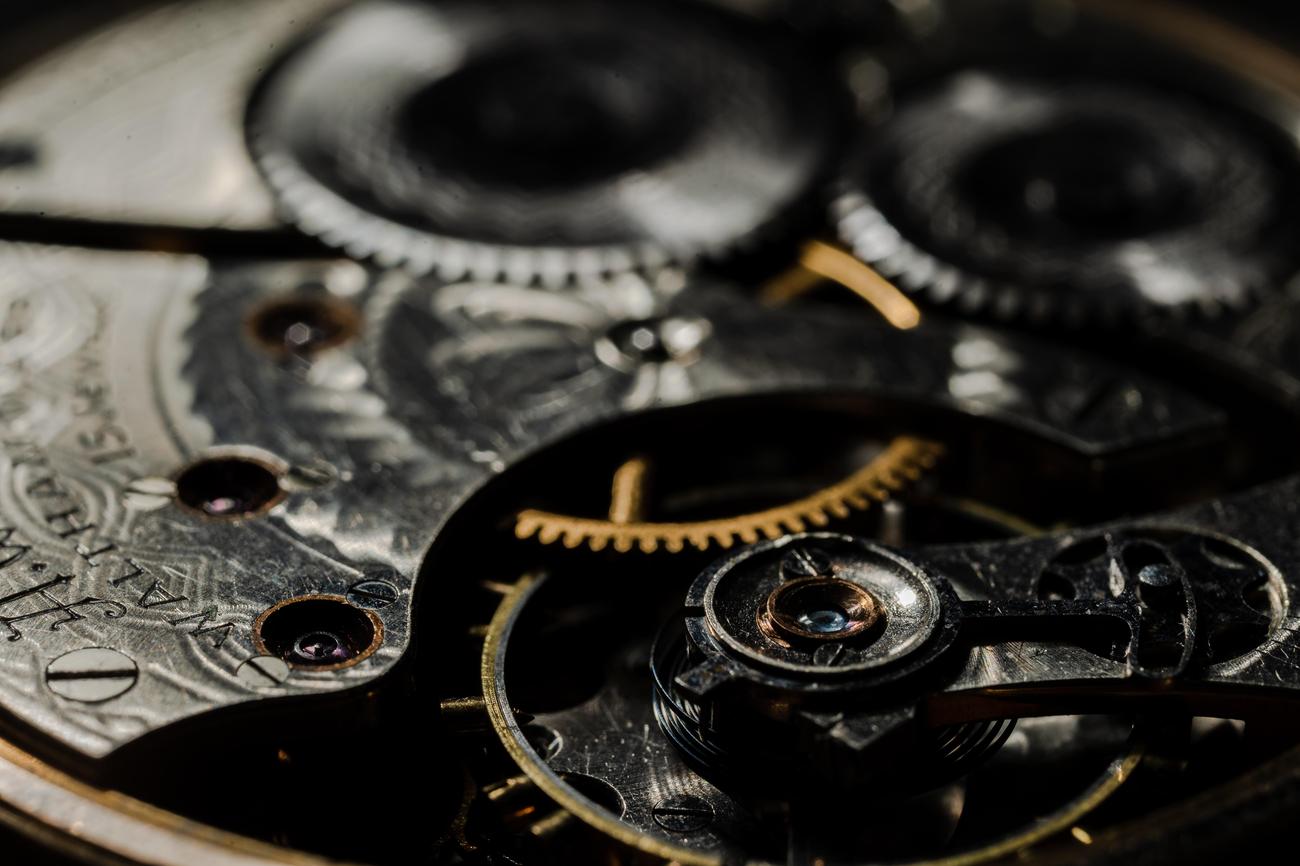
FAQ
Question: How is the worth of peridot determined?
Answer: The worth of peridot is determined by factors such as its quality, size, and origin. The color, cut, and carat of the stone also influence its value. Natural peridot, which is not synthetic or treated, tends to be more expensive.
Question: What is the average cost of a one-carat peridot?
Answer: On average, a one-carat peridot can cost between $50 and $80 USD. However, it’s important to note that the price can vary depending on the quality and characteristics of the specific stone.
Question: Can peridot be worth more than $400 per carat?
Answer: Yes, a high-quality peridot can be worth more than $400 USD per carat. The value of peridot is influenced by its rarity, exceptional color, and overall quality. These factors can significantly increase its worth.
Question: What is the price range for good quality peridot stones?
Answer: Peridot prices for good quality stones can range from $50 to $500 per carat. The cost depends on various factors like the stone’s size, color, clarity, and cut.
Question: How does lab-created peridot compare in terms of cost?
Answer: Lab-created peridot is more affordable when compared to natural peridot and can cost up to 40% less per carat. While it is a more budget-friendly option, it still offers the beauty and allure of peridot gemstones.
